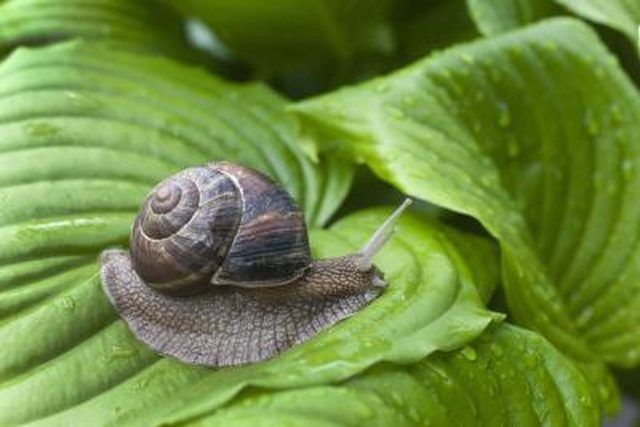Bulbs
Flower Basics
Flower Beds & Specialty Gardens
Flower Garden
Garden Furniture
Garden Gnomes
Garden Seeds
Garden Sheds
Garden Statues
Garden Tools & Supplies
Gardening Basics
Green & Organic
Groundcovers & Vines
Growing Annuals
Growing Basil
Growing Beans
Growing Berries
Growing Blueberries
Growing Cactus
Growing Corn
Growing Cotton
Growing Edibles
Growing Flowers
Growing Garlic
Growing Grapes
Growing Grass
Growing Herbs
Growing Jasmine
Growing Mint
Growing Mushrooms
Orchids
Growing Peanuts
Growing Perennials
Growing Plants
Growing Rosemary
Growing Roses
Growing Strawberries
Growing Sunflowers
Growing Thyme
Growing Tomatoes
Growing Tulips
Growing Vegetables
Herb Basics
Herb Garden
Indoor Growing
Landscaping Basics
Landscaping Patios
Landscaping Plants
Landscaping Shrubs
Landscaping Trees
Landscaping Walks & Pathways
Lawn Basics
Lawn Maintenance
Lawn Mowers
Lawn Ornaments
Lawn Planting
Lawn Tools
Outdoor Growing
Overall Landscape Planning
Pests, Weeds & Problems
Plant Basics
Rock Garden
Rose Garden
Shrubs
Soil
Specialty Gardens
Trees
Vegetable Garden
Yard Maintenance
Natural Snail Repellent
Natural Snail Repellent. Snails are considered pests by many gardeners since they can damage or even destroy plants. For an effective, natural way to repel snails and prevent them from ruining your garden, erect some barriers that snails won't cross.

Snails are considered pests by many gardeners since they can damage or even destroy plants. For an effective, natural way to repel snails and prevent them from ruining your garden, erect some barriers that snails won't cross.
Snail Features
Snails move by gliding along a trail of mucus secreted by their foot muscle. They feed on both living and decaying plant material, injuring them by chewing holes into leaves, fruit and bark. They often destroy young seedlings in the process. Picking snails from your yard by hand is one chemical-free way to remove them, but it can be hard to find them since they usually come out at night.
Copper Repellents
Copper barriers are a natural repellent for snails. Thin sheets of copper placed around pots and tree trunks prevent snails from climbing up. Snails do not like to touch copper, apparently because the copper reacts with the snail's slime trail and creates an electrical shock. Strips of copper nailed along the sides of raised garden beds will prevent snails from making their way inside. If possible, bury the bottom of the copper strips into the ground 1 to 2 inches to prevent the snail from digging underneath the barrier.
Dry Line Repellents
Dry lines of naturally abrasive material such as sawdust, ashes and diatomaceous earth act as barriers to prevent snails from migrating into protected areas. Snails don't like to cross these lines but the repellents are only effective if they stay dry. These barrier lines should be about 1 inch high and 3 inches wide to discourage the snails from attempting to cross.